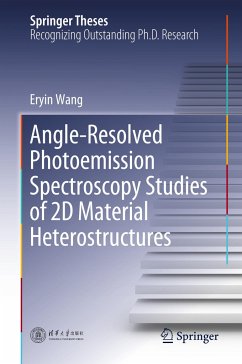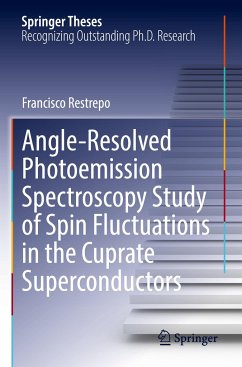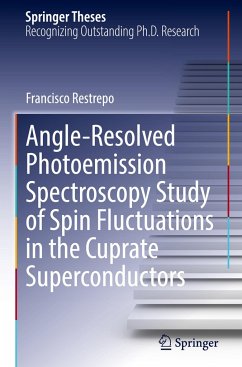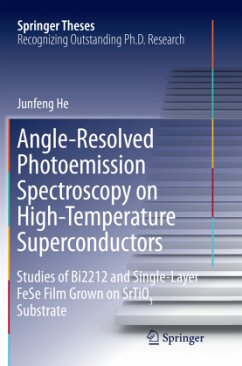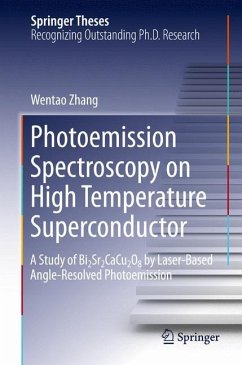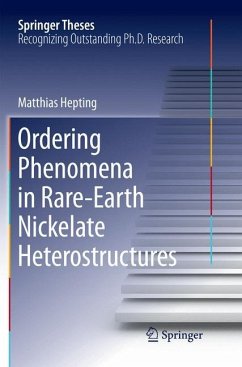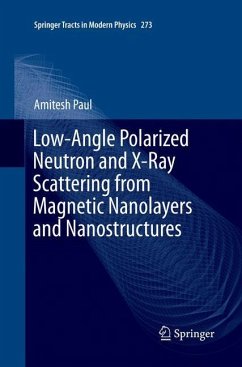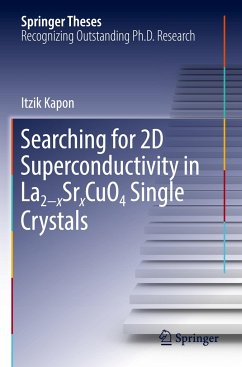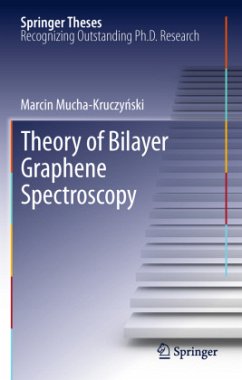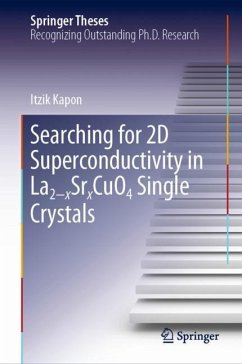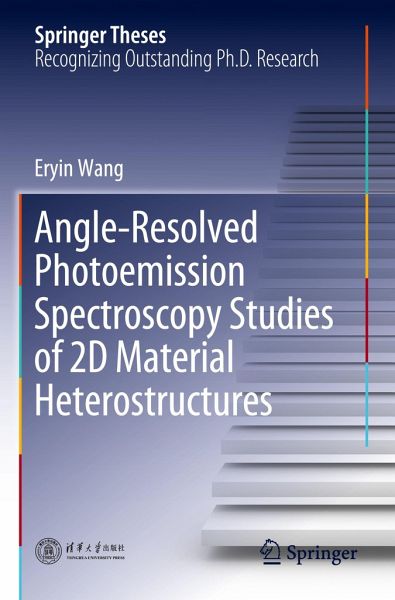
Angle-Resolved Photoemission Spectroscopy Studies of 2D Material Heterostructures
Versandkostenfrei!
Versandfertig in 6-10 Tagen
76,99 €
inkl. MwSt.
Weitere Ausgaben:

PAYBACK Punkte
38 °P sammeln!
This book focuses on angle-resolved photoemission spectroscopy studies on novel interfacial phenomena in three typical two-dimensional material heterostructures: graphene/h-BN, twisted bilayer graphene, and topological insulator/high-temperature superconductors. Since the discovery of graphene, two-dimensional materials have proven to be quite a large "family". As an alternative to searching for other family members with distinct properties, the combination of two-dimensional (2D) materials to construct heterostructures offers a new platform for achieving new quantum phenomena, exploring new p...
This book focuses on angle-resolved photoemission spectroscopy studies on novel interfacial phenomena in three typical two-dimensional material heterostructures: graphene/h-BN, twisted bilayer graphene, and topological insulator/high-temperature superconductors. Since the discovery of graphene, two-dimensional materials have proven to be quite a large "family". As an alternative to searching for other family members with distinct properties, the combination of two-dimensional (2D) materials to construct heterostructures offers a new platform for achieving new quantum phenomena, exploring new physics, and designing new quantum devices. By stacking different 2D materials together and utilizing interfacial periodical potential and order-parameter coupling, the resulting heterostructure's electronic properties can be tuned to achieve novel properties distinct from those of its constituent materials. This book offers a valuable reference guide for all researchers and students working in thearea of condensed matter physics and materials science.



